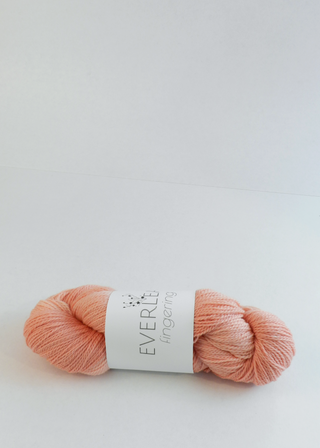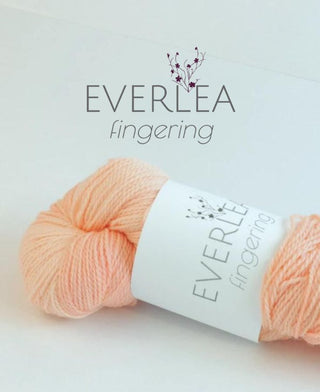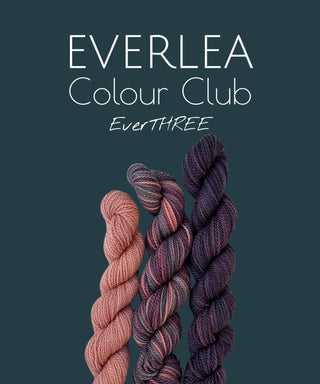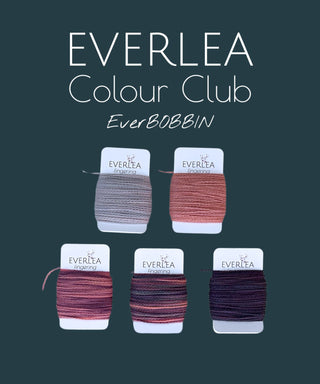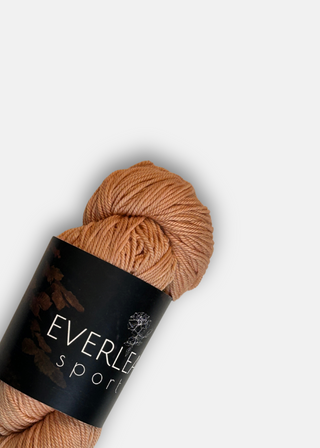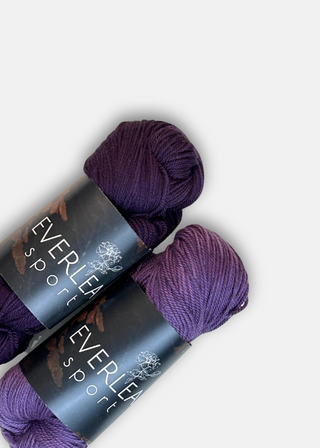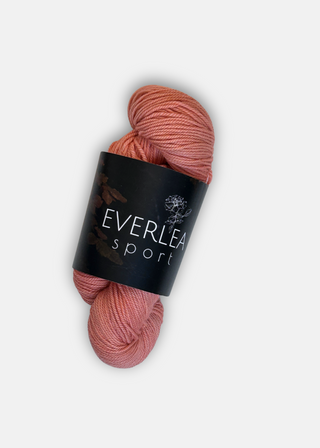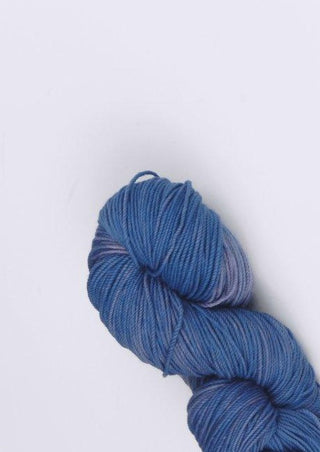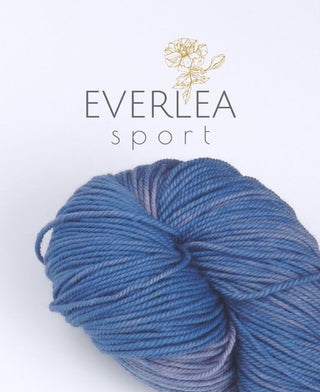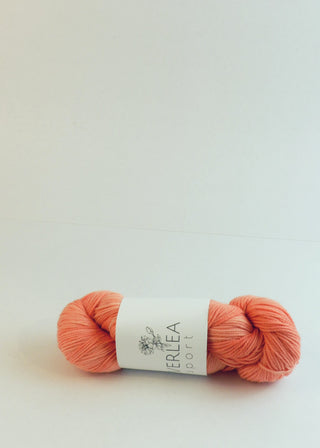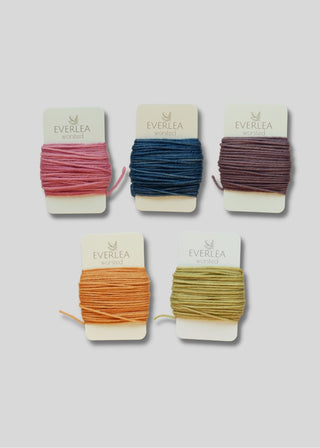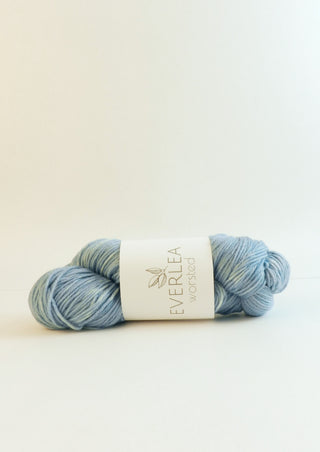About Natural Dyeing
I first discovered natural dyeing in textile art school in 2008, and it has been my passion ever since. Studying and refining this craft is a true labour of love—one that is worth every moment.
My signature line of fingering, sport and worsted weight merino wool yarns begin as 100% organic merino sourced from New Zealand which is spun in Ontario and then dyed with plant dyes here in BC by me (Janna Maria).
At Everlea Yarn, I use only dyes which are proven to have colourfast properties. The two dye processes that I use are, 1) mordanted natural dyeing, and 2) indigo vat dyeing. Indigo vat dyeing is how I achieve my blues as well as some greens, purples, browns and blacks in combination with other dye matter using mordant dyeing methods. Mordant dyeing is how I achieve all other colours as outlined below.

Mordant Dyeing
Mordants are mineral salts and metal salts which treat the fibre before (and sometimes after) the dye is introduced and are required in order to enable a colourfast bond between the fibre and the dye.
Everlea Mordant Dyeing Breakdown
At Everlea my natural dyeing process is 4 weeks long, as I cure the yarn both in the mordant stage and the dyeing stage before it gets its final rinse. My research has found that these time-exhaustive processes are required to deliver you the most colourfast results.
My four-week mordant dyeing process:
- Plant matter is extracted in a 24hour wet extraction process.
- My fibres are mordanted in a 3-day process, including the 2-day curing process.
- Dyeing the mordanted yarn is a process which happens over 24 hours.
- The dyed yarn then cures for up to three weeks before it gets a final rinse.
- Some yarns undergo an additional dye process whereby the indigo dye process is applied before the mordanting occurs, or on-top of the mordant-dyed yarn.
- The yarn is finally skeined and labeled.

Indigo Dyeing
Indigo dyeing is a seemingly magical process whereby the pigments in the leaves of the indigo plant are extracted and bonded to fibre through multiple lengthly processes.
Everlea Indigo Dyeing Breakdown
I receive my indigo already extracted and in powder-form and then create a dye vat which requires the absence of oxygen, a particular pH (depending on what kind of fibre I'm dyeing) and a warm environment. Once an indigo vat is happy the fibres can be submerged. When the fibres are removed they come out of the vat a yellow-green colour, and with exposure to the oxygen in the air turn blue before my eyes.
I allow my indigo dyed yarn to off-gas for at least one week before they are available for sale as they can otherwise have a strong scent. The off-gassing scent will eventually totally disappear, so if your yarn has a scent, don't worry - it won't be like that for long.







